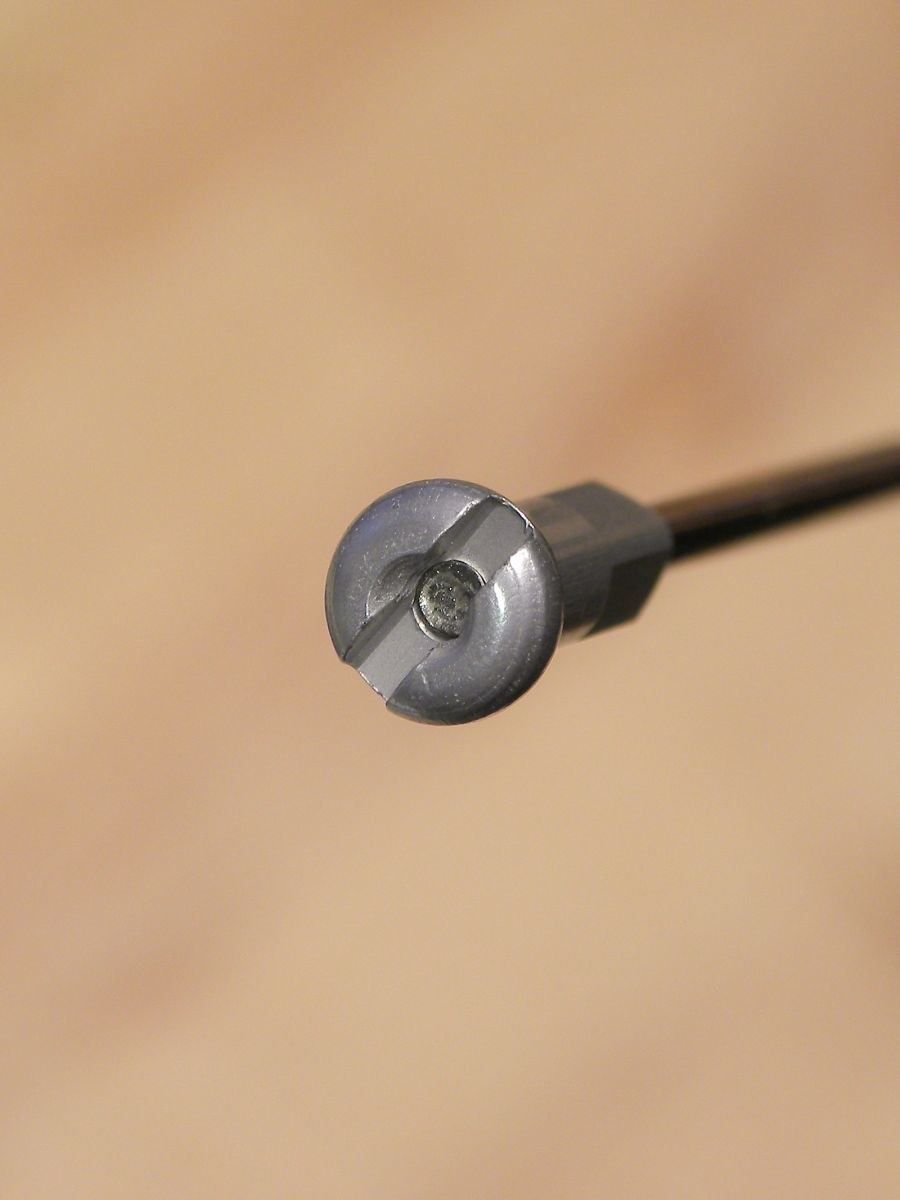- Feedback
- View
M732, so you're talking turn of the 90'sHi All,
Im working on a project at home to lace my own wheel and have recently bought a pair of Continental Baron 2.3 tires for my Cannondale SM500.
Ive also bought a Rear Hub, a Shimano FH-M732 Deore XT rear hub - 7 speed.
I just wanted to know if any of you fine people could recommend a decent pair of rims to be on the look out for.
Also what length of spokes would I need.
Any advice would be most welcome.
Thanks All
So
Mavic M231/M261/M230
Araya RM14/17/20 395/400 etc. TM-18 area cheaper but nice rim.
Campag in there too.. Atek etc
any particular year you're looking for?
Once you have that, just stick the measurements into a spoke calculator (ERD and hub dimensions should be easy to get for most these) Double Butted DT, ACI, SAPIM etc will all do, grab some coloured nipple if you want, or stay standard brass.
Have fun.
A Shimano M732 to Mavic M231 3x 32 hole would need 16x266 16x268mm spokes for example
or if you went for a modern XC717 (Mavic) rim then 16x263 16x265mm spokes, you can go to 264/266 if needed.
But that's the sort of range of length you'll be looking at for 32 hole.
Quick and easy on https://leonard.io/edd/
and double check on here https://www.wheelpro.co.uk/spokecalc/ click *any* wording to find out information etc here and how it works.

